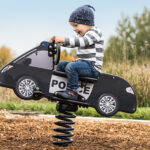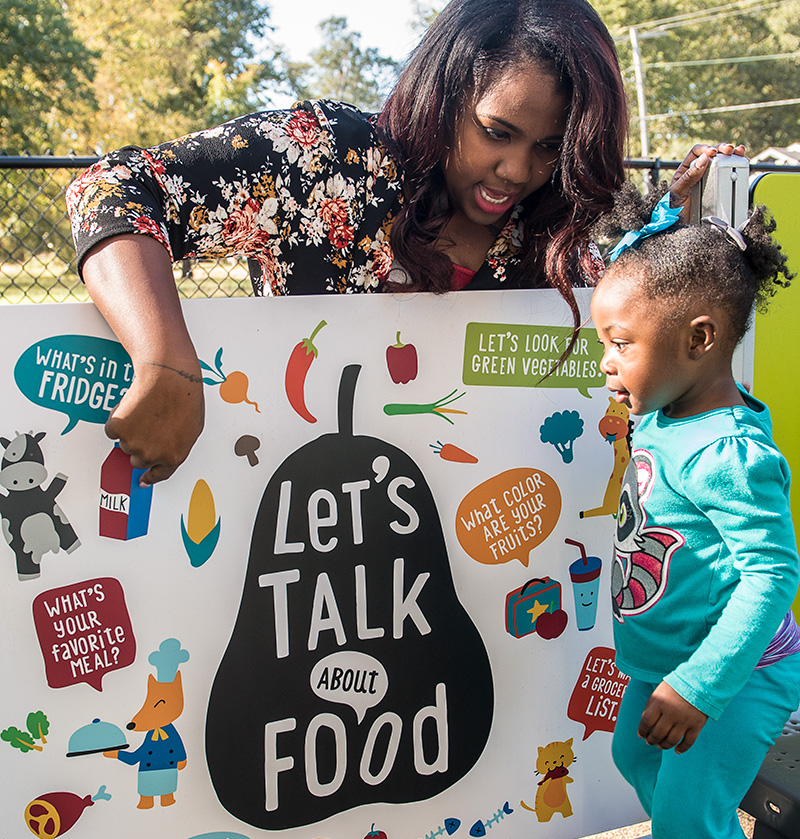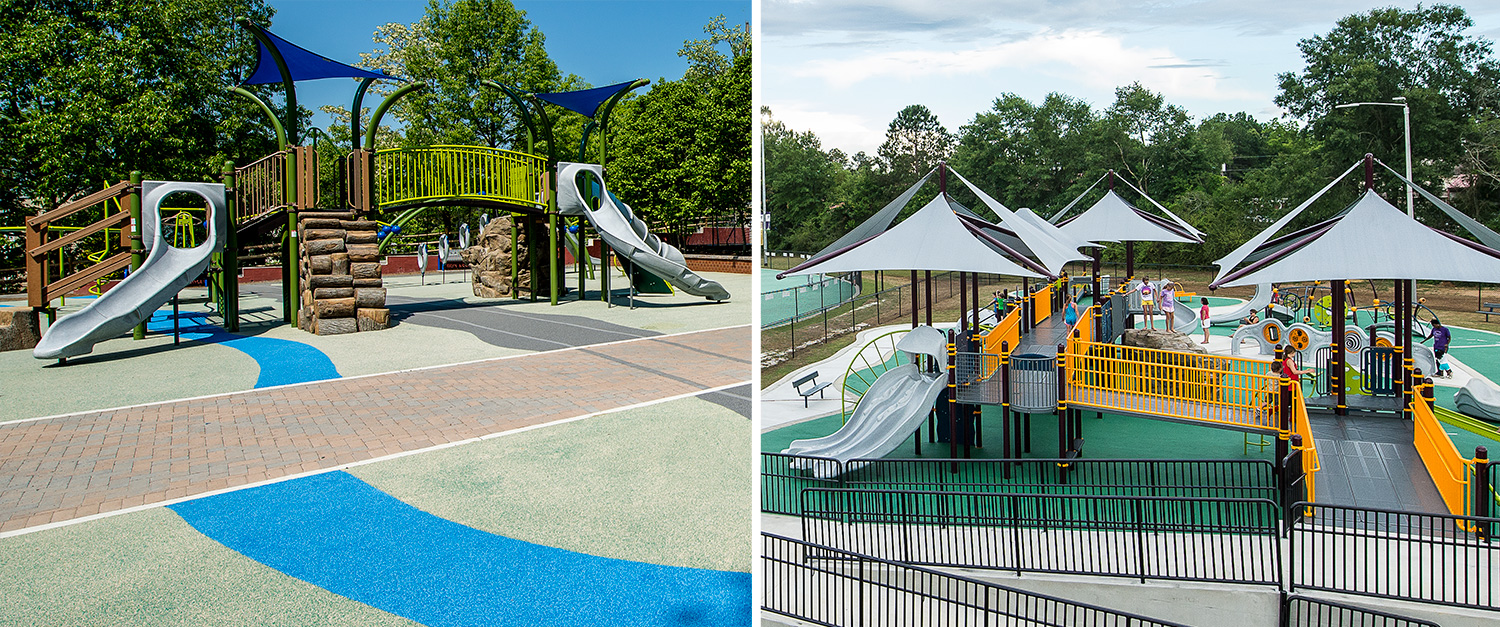
It’s important to keep the developmental needs of toddlers and preschoolers in mind when you’re designing playgrounds for your childcare facility or school. Playgrounds for young kids not only help them build their senses, and motor and cognitive skills, but they also teach them about cooperation and social imaginative play.
Keep the following five considerations in mind when designing early childhood playgrounds:
- Interaction Interactive playground features allow kids to get firsthand experience of the principle of cause-and-effect.
- Sensory Playgrounds should provide children a wealth of different tactile experiences, which can come from play with textured surfaces and by incorporating natural materials like sand and water.
- Challenge Play environments with developmentally appropriate challenges and puzzle-like features can help instill critical thinking and problem-solving skills.
- Imagination Children should be able to use various components of the playground to express their creativity and to invent imaginative scenarios.
- Independence Playground structures should allow kids to feel independent through solo play, which fosters confidence and creativity without sacrificing safety.
Find more resources for your daycare of preschool playground including ways to keep your playground safe, information on fundraising and playground grants, and some of our key partnerships at playlsi.com.
















